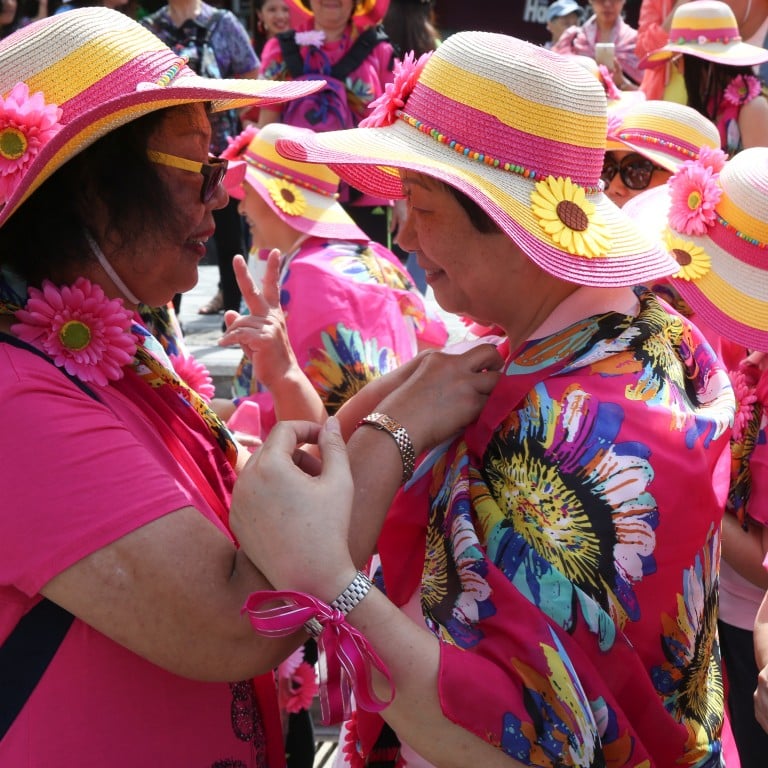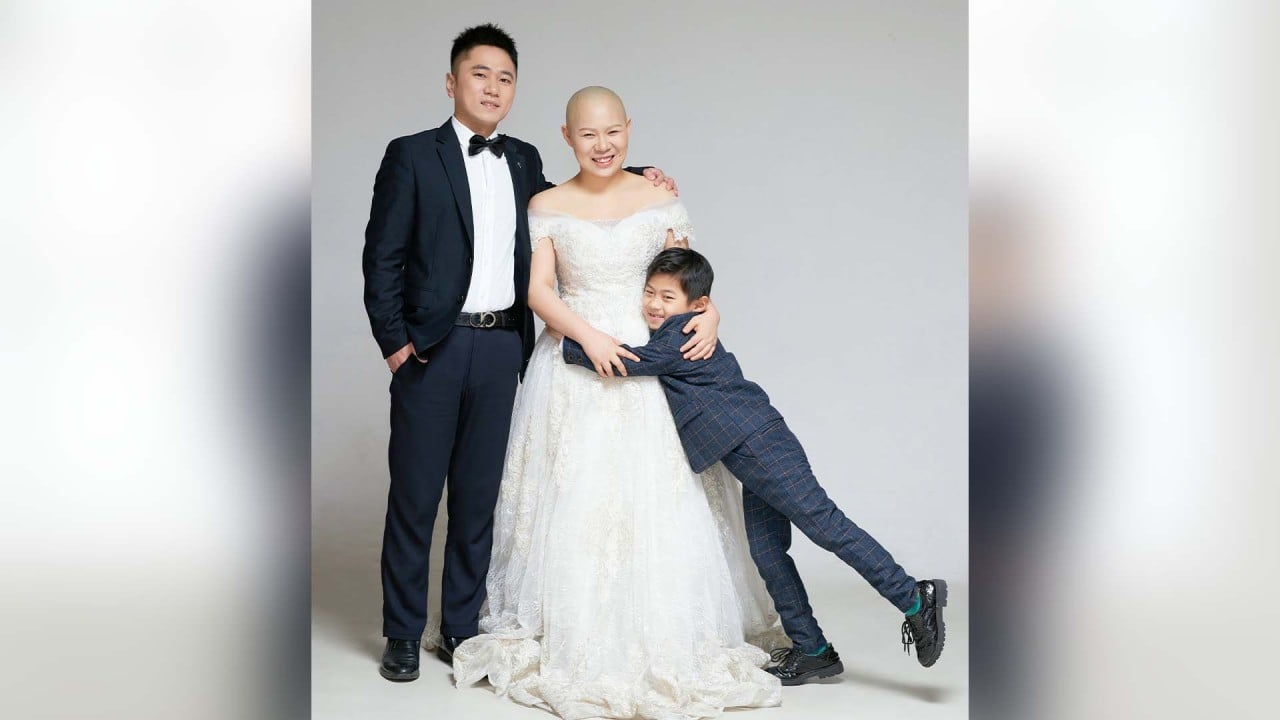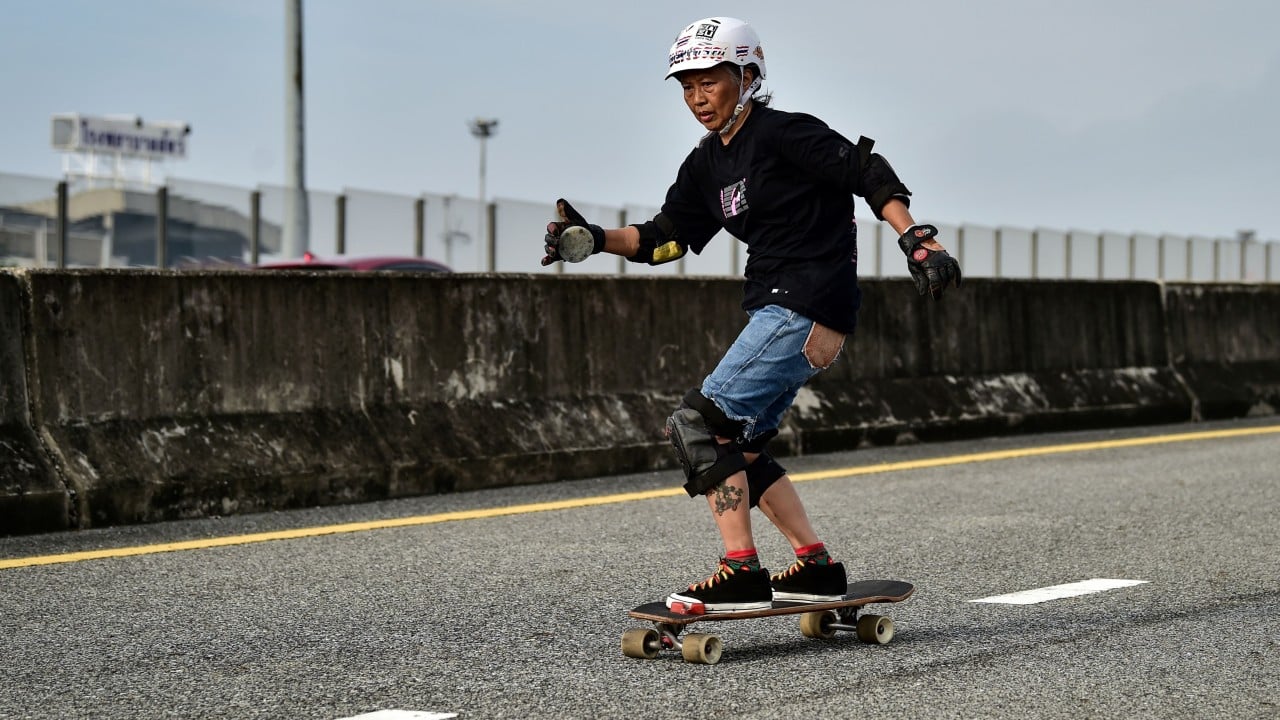
Asia’s fight against breast cancer can be boosted by innovation and outreach
- While breast cancer remains a leading killer when it comes to Asian women, the good news is that innovation, such as using AI for detection, is fast emerging
- However, the stigma attached to cancer in the region makes outreach challenging. We need more survivors to share stories, and greater awareness and education
I am getting ready to make a toast. Next year, I mark the 10th anniversary of my breast cancer diagnosis and treatment. When I was diagnosed, I was working and based in Hong Kong, in my late 30s, and with no history of breast cancer in the family. I swam daily, had a vibrant social circle, ate a lot of greens, with my main weakness being chocolate.
But not everyone is as fortunate. Breast cancer remains a leading killer when it comes to Asian women. In Hong Kong, it is the third leading cause of cancer deaths among females and makes up 12.2 per cent of all cancer fatalities in women, according to Hong Kong’s Department of Health. It is the fifth leading cause of cancer deaths and the most common cancer among women in mainland China, according to the latest available data.
Asia made up 43.6 per cent of the more than 2 million breast cancer cases globally in 2018, according to the World Health Organization. Among Asian-American women, it is the leading cause of cancer death.
Breast cancer, even when detected and treated, can re-emerge and sometimes reappears in other areas of the body such as the spine and brain. In recent years, I’ve lost several friends in their 30s and 40s to breast cancer recurrence.
While many companies launching these innovations are start-ups, their existence and rapid growth offers hope that early detection will save more lives. Their examples are found worldwide.
In the United States, 4D Path, a company in Massachusetts whose co-founder and chief scientist is a woman, Dr Satabhisa Mukhopadhyay, is working to identify tumour-specific genetic fingerprints using universal physics, biology and mathematical principles.
In India, Niramai Health Analytix, which also uses AI to detect breast cancer, is talking to hospitals in Asia about pretrials and the adoption of its breast cancer screenings. It is critical that government and healthcare providers keep an open mind, adopt new innovations and encourage pretrials and trials. More investment and research are needed.
The upshot is that technology has come a long way when it comes to the detection of breast cancer. In recent years, 2D mammogram machines have been replaced by 3D ones. The recommended age for annual breast cancer screenings has also been lowered from 50 to 45 years in many countries including the US.
Of course, innovation is not the sole solution to saving lives. It needs to be paired with awareness and outreach, and public health campaigns on television, radio and social media channels. For cancer conquerors like myself, it means sharing our personal journeys and stories, and urging women to not only self-check but also go for mammograms every year.
In the US, for example, scientists and healthcare providers continue to struggle to connect with immigrant communities when it comes to awareness, screenings and, importantly, recruiting subjects for research initiatives that could be critical to finding a cure and saving lives.
This could be offset, however, by the hi-tech and state-of-the-art innovations adopted by healthcare providers and hospitals on the national and international level.
In the meantime, we can mark a journey that can be achieved, stride by stride. Sharing, awareness, education and innovation. One life saved and then another. Cheers to another 10 years and beyond.
Amy Wu is a Chinese-American journalist based in New York and California



